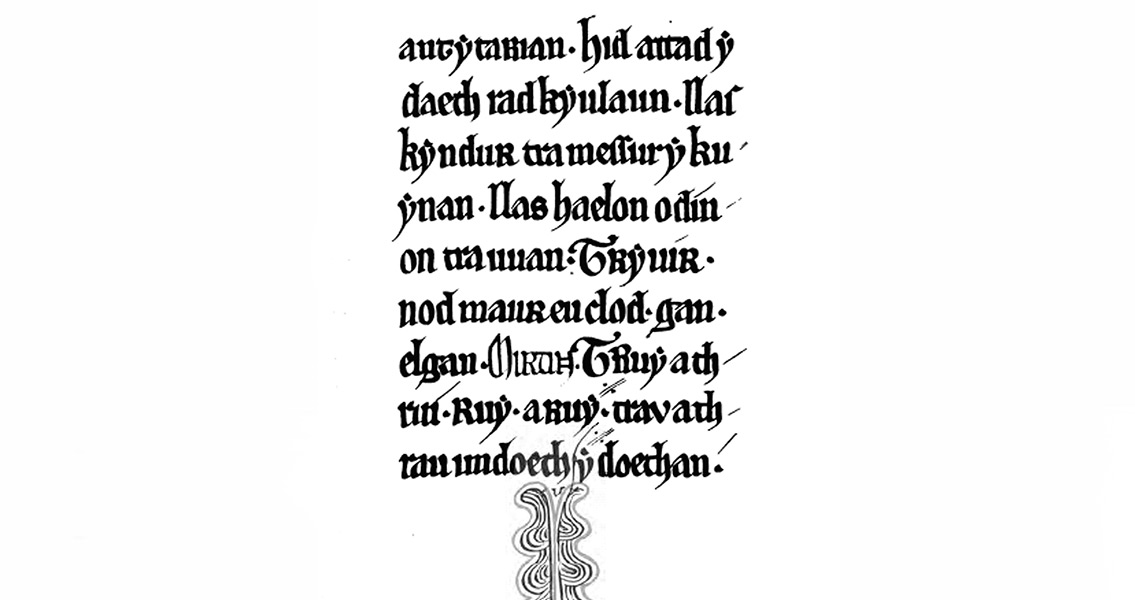<![CDATA[Analysis with UV light and photo-editing software has revealed fragments of poems, annotations, and drawings in the Black Book of Carmarthen, possibly the oldest known collection of texts entirely in Welsh. The credit for the discovery goes to a Myriah Williams, PhD student from the University of Cambridge Department of Anglo-Saxon, Norse and Celtic, and professor Paul Russell. Their theory is that a sixteenth century owner of the book which had been created in 1250 erased a lot of poetry and other writing that had been added through the centuries by different earlier owners. The find is fascinating, says Williams, as it can tell us a lot about the thoughts and emotions reading the original poems evoked. What’s more, it is possible that even more could be found in the book as imaging technology advances. The Black Book of Carmarthen, measuring 17 x 12.5 cm, contains religious and secular poetry written between the ninth and the twelvth century, and includes some of the earliest known references to king Arthur and Merlin. The book has a black binding, hence the first part of its name, and it is believed to have spent some time in the Priory of St. John the Evangelist and Teulyddog in Carmarthen, probably the oldest town in Wales. Containing 54 folios, or 108 pages, it is considered to have been “a work of love” by just one person, an unprofessional scribe who collected verses and wrote them down throughout his life. The lack of uniformity among the folios - the letter size the scribe used in the different folios and the inconsistent way in which each page was lined before writing - have led to this conclusion. The poems feature a lot of legendary figures aside from Arthur and Merlin, including warriors and the great bard Taliesin, who lived in the sixth century and is Wales’ most celebrated ancient poet. According to the history of the Black Book of Carmarthen, as detailed by the National Library of Wales, the collection first came to light in the sixteenth century when it came into the ownership of one Sir John Price of Brecon. Price was assigned by the crown the task of searching the monasteries dissolved by Henry VIII for any artefacts that could have been of value to the Church of England. It was as part of this endeavour that he came across the Black Book of Carmarthen, which was then owned by the treasurer of St Davids Cathedral in Pembrokeshire, western Wales. Although it is difficult to trace every single owner of the book since then, at some point in the late sixteenth century it came into the possession of a man by the name of Jasper Gryffyth, as evidenced by his name written in Hebrew and a comment on the texts. This is the owner who Williams believes was responsible for erasing so much of the poems, comments, and doodles made by earlier readers. Image courtesy of Wikimedia Commons user: William Forbes Skene]]>
Unexpected Text Comes to Light in Black Book of Carmarthen
